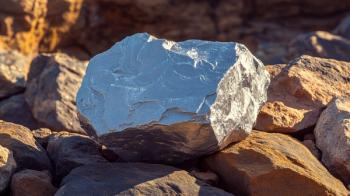
- Spectroscopy-04-01-2006
- Volume 21
- Issue 4
Product Resources - MS
Product Resources - MS
LC–MS gas generation system
Parker Balston introduces the SOURCE LCMS-5000 LC–MS gas generation system, which produces nitrogen, zero air, and exhaust pump gases. It combines a compressor with coalescing filters, catalysts, and hollow-fiber membranes to produce these gases. Parker Hannifin Corporation, Haverhill, MA;
ICP-MS systems
Two ICP-MS instruments from Varian are designed for elemental analysis of complex samples. The model 810-MS and 820-MS instruments contain high-efficiency 90-degree ion optics and a double off axis quadrupole designed to provide low background noise and gigahertz sensitivity. The model 820-MS also includes the company's collision reaction interface, which reportedly enables the use of collision and reaction gases such as helium, allowing lower detection limits and more accurate quantitation for difficult elements in complex samples. Varian, Inc., Palo Alto, CA;
Electron multiplier
BURLE Electro-Optics' 5905 MAGNUM detector is designed to provide high dynamic range, increased gain stability, and near elimination of feedback noise. A proprietary glass formulation reportedly facilitates long detector life. The detector is designed specifically for Thermo Finnigan mass spectrometers; the electron multiplier cartridge is a plug-in replacement that fits directly in to the Thermo Finnigan mounting assembly. Its one piece construction eliminates fastener and connection problems. BURLE Electro-Optics, Sturbridge, MA;
Articles in this issue
over 19 years ago
Product Resourcesover 19 years ago
It's All About Timingover 19 years ago
Product Resources - Molecularover 19 years ago
Product Resources - Atomicover 19 years ago
NIR Versus Mid-IR: How to Chooseover 19 years ago
Market Profile: Molecular Spectroscopy Aftermarket and ServiceNewsletter
Get essential updates on the latest spectroscopy technologies, regulatory standards, and best practices—subscribe today to Spectroscopy.



